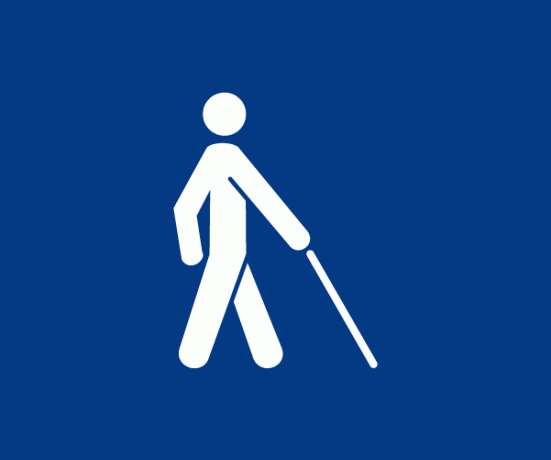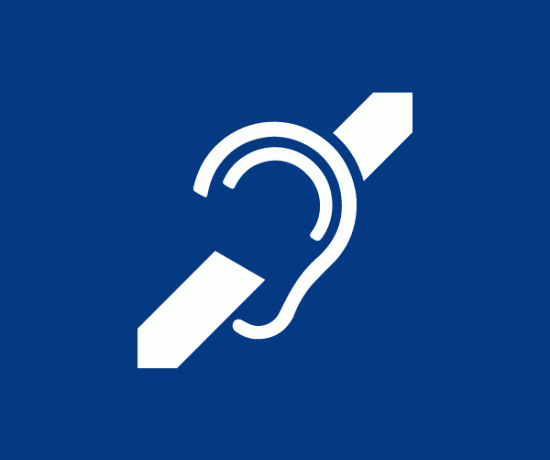The acronym PwD means disabled person. It identifies people who have some type of disability, which can be from birth or acquired during life.
The acronym began to be used in 2006, when the United Nations (UN) published the United Nations Convention on the Rights of Persons with Disabilities.
Before that, the expression “disabled person” was used, which is not considered adequate, as it highlighted the disability more than the human condition.
What is a disability?
Disability is a physical, intellectual, visual or auditory limitation which makes it difficult to carry out activities compared to people without disabilities.
It can be from birth (when the person is born with the disability) or acquired (when an event causes the disability, such as an illness or accident).
According to the Brazilian Institute of Geography and Statistics (IBGE), almost 24% of the Brazilian population is PwD.
Worldwide, this rate is around 10%, according to UN data:
- physical disability: 2%;
- visual impairment: 0.7%;
- hearing impairment: 1.3%;
- intellectual disability: 5%;
- multiple disability (more than one disability): 1%.
What defines a person with a disability (PwD)?
It is a PwD who has one of these limitations (physical, intellectual, visual or auditory). If a person has more than one type of disability, we call it multiple disability.
Brazilian law defines disability as:
"a long-term impairment of a physical, mental, intellectual or sensory nature, which, in interaction with one or more barriers, can obstruct their full and effective participation in society on equal terms with other people" (Law No. 13146/2015 - Statute of the Person with Deficiency).
What types of disability?
1. physical disability
The physical disability is any characteristic (natural or acquired) that hinders mobility of a person. It can be of many types, with varied origins and change the functioning of a part of the body.
 Identification signage of the person with physical disability.
Identification signage of the person with physical disability.
Each type of physical disability will present different difficulties for PwD, the main ones being the ability to move.
Some types of physical disability are:
- amputation: loss or lack of a limb (leg or arm);
- congenital malformation: deficiency in the formation of an organ;
- dwarfism: growth deficiency, the average height of adults is 1.20 m,
- paraplegia: lower body paralysis, especially the movement of the legs and feet;
- cerebral palsy: brain injury or malformation;
- quadriplegia: paralysis and loss of movement in the upper and lower limbs (arms and legs).
2. intellectual disability
In intellectual (mental) disability, the person has some degree of impairment or loss of intellectual capacity, which is below what is considered normal for their age and expected development.
 Identification signage of the person with intellectual disability.
Identification signage of the person with intellectual disability.
Depending on the type of disability, some skills may be impaired, such as: ability to communication, adaptation, control of emotions, social interaction, learning or capacity for the work.
There are many types of mental disabilities that can present themselves in different degrees (mild, moderate, severe or profound), varying from person to person. Some types are:
- syndrome of angelman;
- syndrome of Asperger;
- syndrome of down;
- syndrome of Prader-Willi;
- syndrome of tourette;
- syndrome of Williams;
- Fragile X syndrome;
- Disorder of the Autistic Spectrum (autism).
The diagnosis made in childhood and the adequate care for the disability (medical and educational) can ensure that the child develops some skills and improves their abilities.
Know more about intellectual disability and autism.
3. Visual impairment
And the loss of vision, and can be complete or partial.
 Identification signs of the visually impaired person.
Identification signs of the visually impaired person.
Total or near-total loss of vision is also called blindness. Low vision, on the other hand, happens when the eye still retains part of its visual capacity.
The most common types of visual impairment are:
- blindness: total or partial loss of vision that compromises the ability to read and write;
- low vision: when there is a loss of at least 30% of vision in the less compromised eye, but some visual capacity is still preserved (it can present at very variable levels);
- monocular vision: Occurs when blindness affects one of the eyes.
Read more about Visual impairment.
4. Hearing deficiency
Hearing impairment is the total or partial loss of hearing ability. It can be of two types:
- unilateral: affects only one ear;
- bilateral: Hearing loss happens in both ears.
 Identification signage of the person with hearing impairment.
Identification signage of the person with hearing impairment.
A person is considered hearing impaired when the hearing loss is at least 41 decibels. The analysis of the amount of loss must be done by a physician.
Is there a difference between the acronyms PwD and PNE?
PwD means disabled person and PNE means special needs person. Expressions are not synonymous because they identify different types of people.
A person with a disability (PwD) has one (or more than one) of known disabilities: physical, intellectual, visual or hearing.
The PNE have a specific (special) need and they may even have a disability, but that is not a rule.
An elderly person, for example, is a person with special needs due to their condition (age). As a result, he can enjoy certain rights, such as priority service and reserved seats on public transport.
The concept of people with special needs also includes temporary situations, such as a pregnant woman. While in this situation, she will also be entitled to receive priority care.
Also read the meaning of deficiency.

